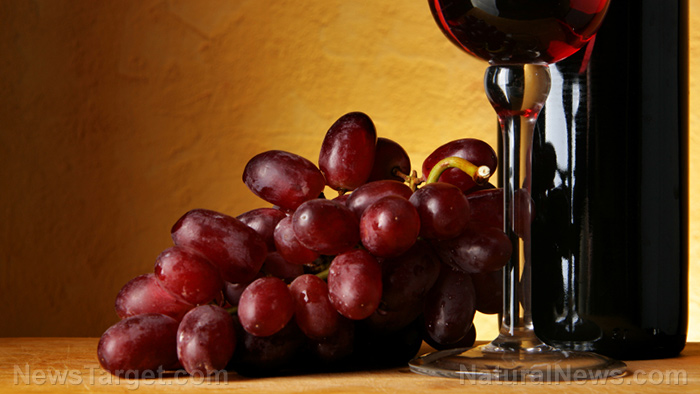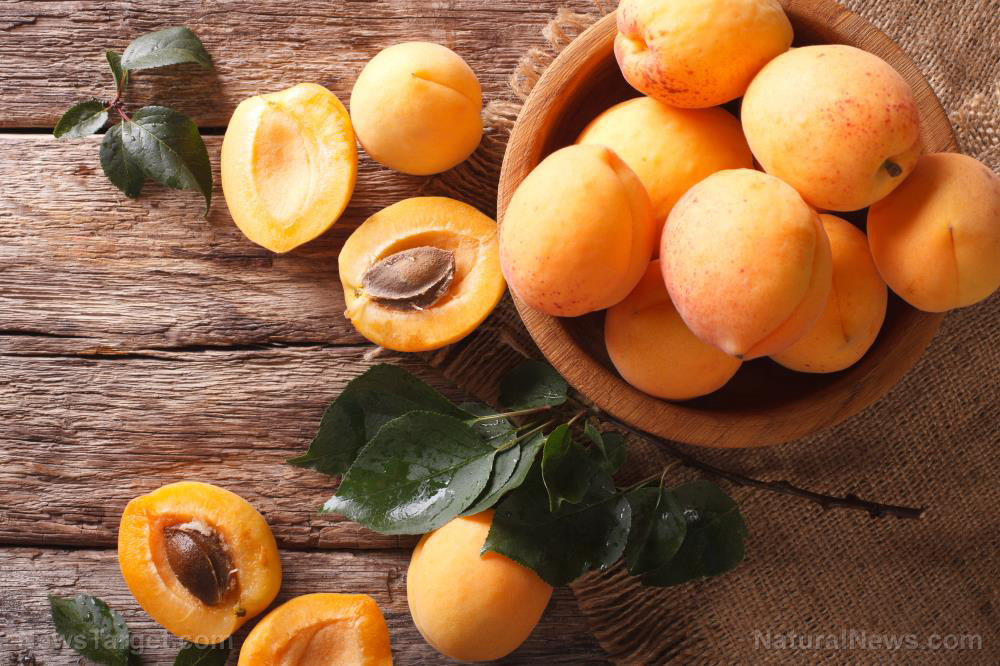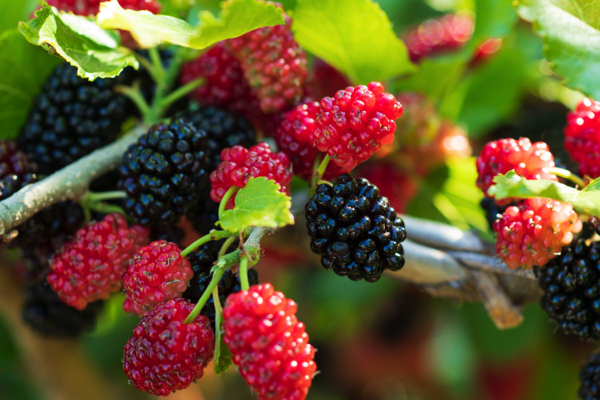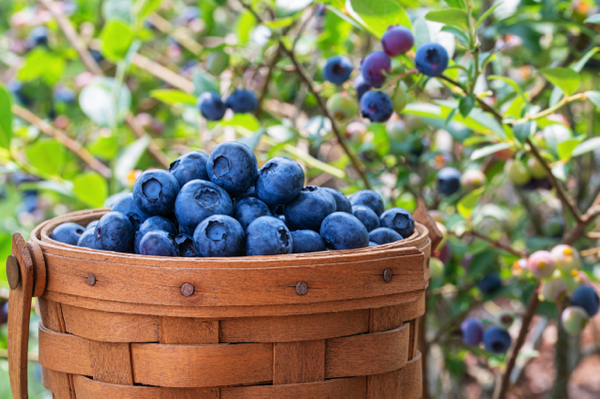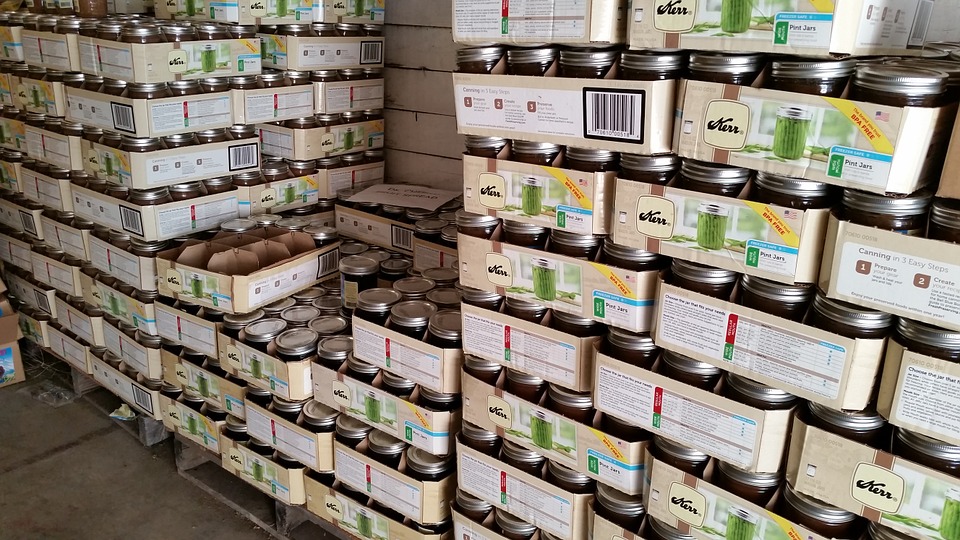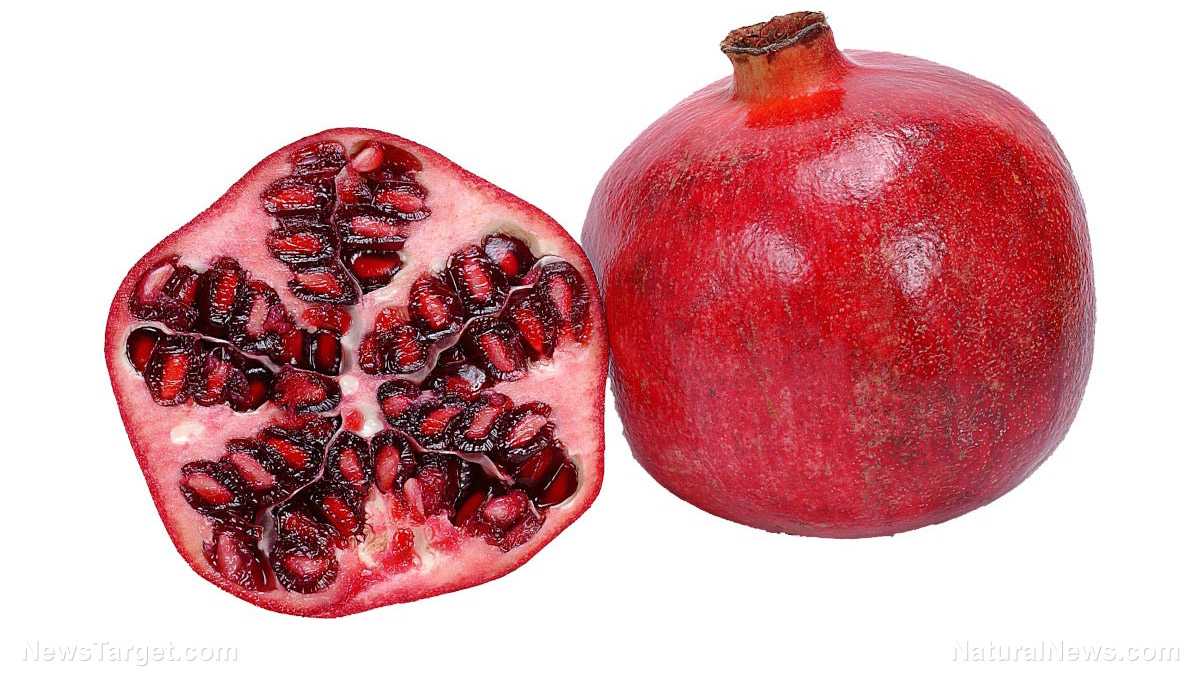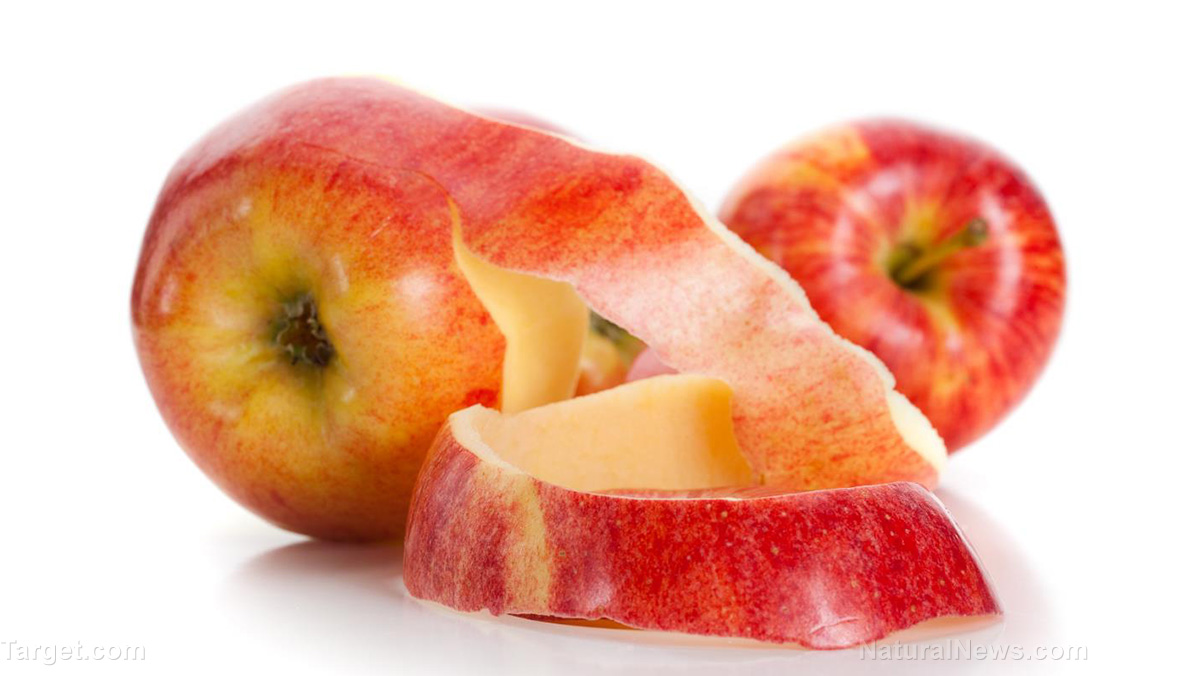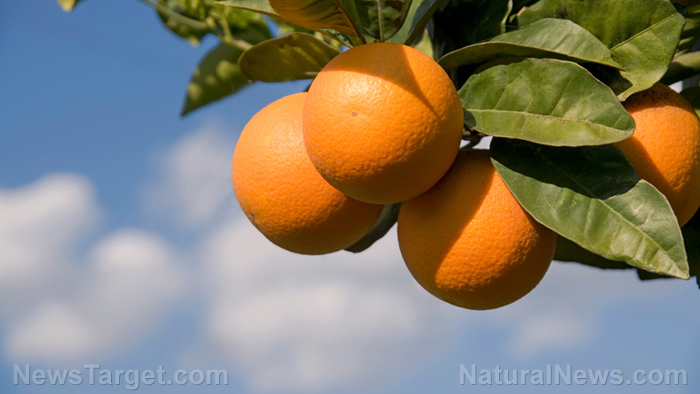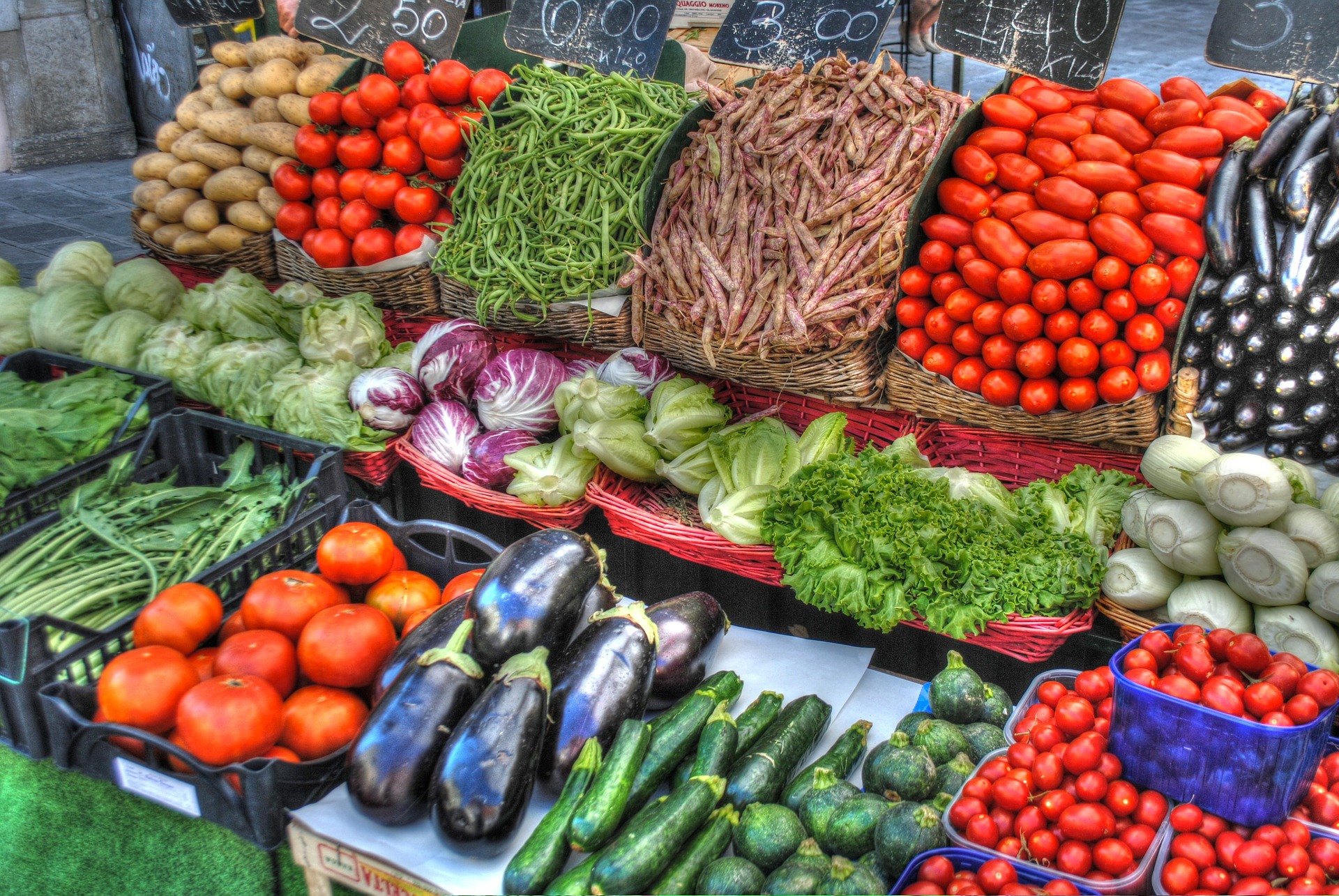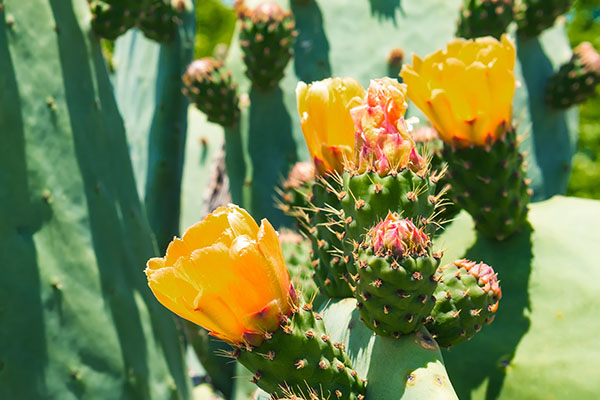Grapes in the Bible: Symbolism and significance
09/27/2024 / By Olivia Cook
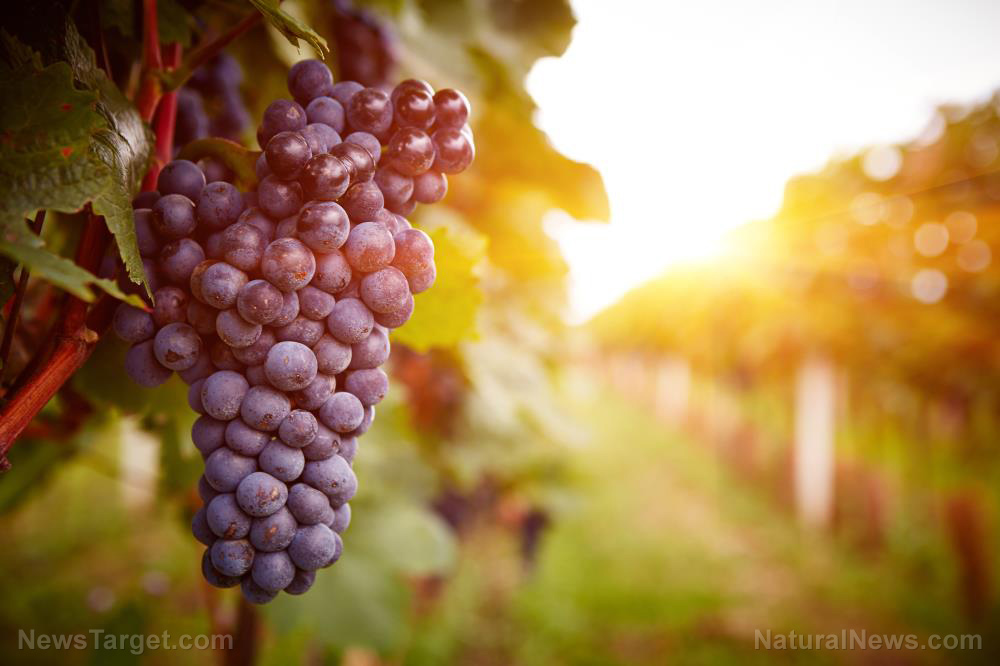
The Bible’s use of fruits as images often carries meanings beyond the literal, with the New Testament alone mentioning the word “fruit” more than 60 times. While the holy book draws rich symbolism from the cornucopia of fruits created by God, the grape stands out prominently as a symbol in both spiritual and cultural contexts.
Here are some examples of how the Bible used grapes, the wine made from them and the grapevines they grow on to illustrate the Word of God.
Grapes as symbols of judgment
The Bible often uses vivid imagery to depict divine judgment. One of the most striking examples comes from the Book of Revelation, where grapes symbolize the culmination of God’s wrath against sin.
“Still another angel, who had charge of the fire, came from the altar and called in a loud voice to him who had the sharp sickle, ‘Take your sharp sickle and gather the clusters of grapes from the earth’s vine, because its grapes are ripe.’ The angel swung his sickle on the earth, gathered its grapes and threw them into the great wine press of God’s wrath.” (Revelation 14:18-19)
The passage presents a dramatic and unsettling image of the “wine press of God’s wrath.” Here, the ripe grapes represent humanity at the end of days – ready to face divine judgment. The act of gathering the grapes and crushing them in the wine press illustrates the inevitability and intensity of this judgment – drawing a metaphor between the ripening of the grape and the world reaching its tipping point of sin.
The harvest in Revelation serves as a solemn reminder of the consequences of unrepentant sin – underscoring the role of grapes not just as symbols of abundance, but also of divine retribution.
Grapes as indicators of character
Beyond their role in judgment, grapes often symbolize character and the consequences of human behavior. Even Jesus Christ makes use of grapes as a metaphor for the moral quality of an individual’s life. St. Luke the Evangelist recounts this in his gospel: “Each tree is recognized by its own fruit. People do not pick figs from thorn bushes, or grapes from briers.” (Luke 6:44)
This passage emphasizes that a person’s character – much like a tree – is revealed by the “fruits” it produces. Just as no one expects to find grapes on a thorn bush, it is unreasonable to expect good behavior from a corrupt heart. In this context, grapes symbolize the natural results of one’s inner condition: Good fruit (grapes) comes from a good character, while bad fruit is the product of moral failure.
Vineyards as allegories for God’s kingdom
The metaphor of vineyards is expanded further in the Parable of the Tenants, where Jesus speaks about a vineyard planted by a landowner. St. Matthew, apostle and evangelist, outlines it in his gospel: “Listen to another parable: There was a landowner who planted a vineyard. He put a wall around it, dug a wine press in it and built a watchtower. Then he rented the vineyard to some farmers and moved to another place.” (Matthew 21:33)
In this parable, the vineyard represents Israel and the landowner symbolizes God. The farmers in this parable represents Israel’s leaders – entrusted with the care of God’s kingdom. When these caretakers fail to give the owner his due, it represents a failure to honor God and care for His people.
This parable highlights the responsibilities of spiritual leadership and the accountability expected from those entrusted with God’s work. It echoes the earlier themes of faithfulness and fruitfulness – tying back to the image of grapes as a symbol of divine expectation.
Wine, the product of grapes, as a symbol of joy
Grapes also play a role in another significant product – wine. In the Bible, wine is both a symbol of joy and blessing as evidenced in Jesus’ first miracle, where He turned water into wine at the wedding feast in Cana. St. John recounts this miracle: “When the wine was gone, Jesus’ mother said to him, ‘They have no more wine.'” (John 2:3)
In this scenario, wine symbolizes abundance, divine blessing and joy. It signifies the overflowing generosity of God, especially in the context of a wedding feast – a celebration of unity and new beginnings. (Related: Sermon 49: Mike Adams discusses GRAPES as God’s amazing natural medicine and nutrient powerhouse.)
“[The master of the banquet] said: ‘Everyone brings out the choice wine first, and then the cheaper wine after the guests have had too much to drink. But you have saved the best till now.'” (John 2:10)
Christ as the true vine
The most profound use of grape imagery in the New Testament is found in Jesus’ declaration, also from the Gospel of John: “I am the true vine, and my Father is the gardener.” (John 15:1)
Here, Jesus draws a direct connection between Himself and the vine – with His followers depicted as branches. Just as branches cannot bear fruit unless they remain attached to the vine, believers cannot lead spiritually fruitful lives unless they remain connected to Christ.
This metaphor highlights the essential, life-giving relationship between Christ and His followers, emphasizing that spiritual growth and vitality stem solely from Him. Without that connection, spiritual “fruit” cannot flourish.
Throughout the Bible, grapes carry a profound significance – symbolizing everything from divine judgment to joy, responsibility and spiritual vitality. Whether as a sign of God’s anger or His abundant blessing, the recurring imagery of grapes and vineyards draws a powerful connection between the physical act of bearing fruit and the spirit fruitfulness expected from believers. Ultimately, the vine – Jesus Himself – remains central to this symbolism – offering both sustenance and a reminder that apart from Him, we can do nothing.
Visit Fruits.news for similar stories.
Watch the following video about grapes in the Bible.
This video is from the Daily Videos channel on Brighteon.com.
More related stories:
Grapes: Versatile fruit with health benefits.
Grape flavonoids are key to longevity and overall wellness.
Biblical superfoods: Ancient healing foods are also useful in modern times.
Sources include:
Submit a correction >>
Tagged Under:
Bible herbs, fruits, God's wrath, grapes, Jesus Christ, religion, revelations, spirituality, symbolism, True Vine, truth, wine, Word of God
This article may contain statements that reflect the opinion of the author
RECENT NEWS & ARTICLES
COPYRIGHT © 2017 FRUITS NEWS



